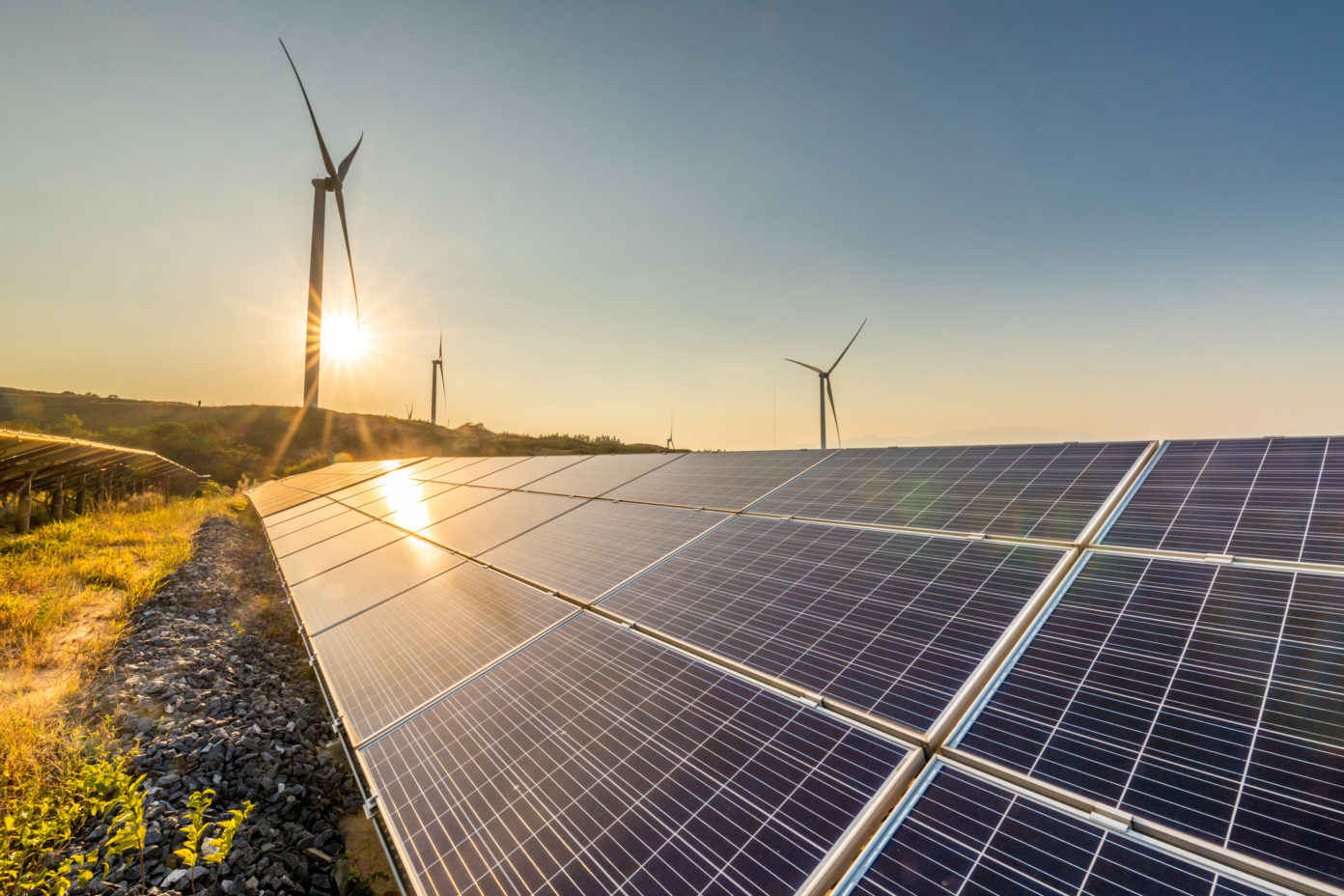With Natural Disasters on the Rise, Solar Batteries Could Become Essential to Public Health and Safety
June 18, 2019
Overview
When Hurricane Irma knocked out power for over four million people in Florida, a shining ray of sunlight, and the energy it harnessed, helped keep emergency shelters running. But how? While the power was out at other grid-connected solar powered homes and facilities, the solar energy stored in on-site batteries — made possible by the American Recovery and Reinvestment Act of 2009 — kept the lights on at these schools-turned-emergency shelters. The plummeting costs of this type of battery storage means more opportunities for solar-plus-storage systems to play a critical role in emergency safety and preparedness, providing reliable backup electricity and limiting stress on the electric grid during times of high energy demand, while also boosting the energy cost savings of solar energy systems.

Typically, solar energy systems automatically channel unused solar energy back into the electrical grid, which the utility “pays” for via net metering policies that provide bill credits for the surplus solar energy. But when there is a grid outage, these systems are shut down —it’s a safety measure that prevents surplus solar energy from injuring workers fixing the grid. However, solar-plus-storage systems that include a battery and “islanding” technology are isolated from the grid during an outage and can continue to generate electricity without risk. At night, or other times when solar energy isn’t generated, the excess solar energy stored in the battery can be fed into the grid or used on-site.
When it comes to combatting climate change, solar-plus-storage does double duty, both mitigating and helping humans adapt to one of the most significant public health threats of our time. Solar energy helps reduce public health harms caused by climate change and the combustion of fossil fuels, including increased incidence of asthma and cardiovascular disease. These health hazards disproportionately impact low-income communities and communities of color that have higher rates of exposure to pollution, are more affected by climate change, and pay a higher portion of income to meet energy needs.
While single family homes have historically dominated the residential solar market, policies in Illinois, Washington DC, and California, promote solar projects that serve affordable housing, environmental justice communities, and multi-family housing units. Frontline communities with a reliable source of solar energy pay less for energy and are more resilient to natural disasters and other energy interruptions.
Climate change will increase the frequency and intensity of natural disasters, such as flooding, extreme heat events, and severe storms. These disasters may cause power outages that have serious consequences for people who cannot relocate or who rely on electrical medical devices and mobility equipment. Solar-plus-storage can help reduce stress on the grid during extreme heat events, and can reliably provide power during an outage caused by a natural disaster, even if backup generators fail, as they did after Hurricane Sandy. Local governments across the nation are incorporating solar-plus-storage into resilience and sustainability planning and using resiliency funds for solar storage, like the system in Sterling, Massachusetts that can provide 12 days of power to first responders during a grid outage.
If used during times of high energy demand and low solar energy production, stored solar energy can prevent rolling blackouts; offset higher electricity rates that kick in during peak usage in some places; shrink residential utility costs; and reduce demand fees in affordable housing complexes. And savings on energy costs in common areas of multi-unit buildings can be shared with tenants.
Communities can benefit from a variety of legal tools that incentivize solar storage systems. Local or state energy storage goals that include a set-aside for customer-sited storage and affordable housing projects can advance health equity and solar-plus-storage. Monetary incentive programs can make solar-plus-storage systems more financially attractive, by:
- funding solar-plus-storage projects through state energy efficiency programs or income tax credits;
- rewarding solar projects that include storage or reduce on-site customer demand during peak usage periods with additional utility paid incentives or net metering policies that incentivize storage or allow bill credits for stored solar energy that reenters the grid;
- authorizing municipal Property Assessed Clean Energy bonds that can be repaid via the owner’s property tax payment.
As solar energy systems are becoming more accessible, so is the potential to supercharge their public health benefits by adding batteries that can provide stored solar energy during natural disasters or times of high energy demand.
The Network provides information and technical assistance on issues related to public health. The legal information and assistance provided in this document does not constitute legal advice or legal representation. For legal advice, readers should consult a lawyer in their state.
Support for the Network is provided by the Robert Wood Johnson Foundation (RWJF). The views expressed in this post do not necessarily represent the views of, and should not be attributed to, RWJF.
